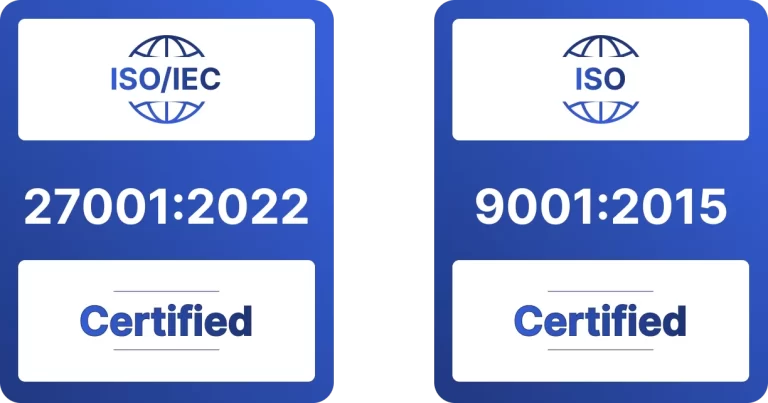Definition of Re export refers to the export of imported goods without any major changes. After the intermediate media state is passed, the goods are transferred to another, in contrast to traditional exports in which the products are produced in country before the products are shipped overseas. This practice is common in global trade, especially in regions with well-established logistics and trade infrastructure.
Re export plays a key role in the international supply chain, enabling businesses to optimize costs, reduce tariffs and accelerate product distribution. Many multinationals use the revival of hubs to consolidate cargo, manage inventory and comply with regional trade regulations.
With strategic location and business-friendly guidelines, key sales centres such as Singapore, Hong Kong, Dubai and Rotterdam will serve as global re-export hubs. These regions allow efficient redistribution of goods to several markets without extensive processing. Solutions help streamline global trade, while at the same time ensuring the flexibility of the supply chains of companies working across borders.
ReExport Works
ReExport Process begins when the product is imported into the mediation country without any major changes. These items will be stored, repacked or integrated before they are delivered to their final destination. Re-exports are often used in free trade zones (FTZs) or bound warehouse homes. In this house, customs challenges and taxes are kept to a minimum until you leave the country.
A key stakeholder in the re-export process is the importers who bring goods to intermediaries. Managing products that manage logistics and transportation. Exporters that make programs easier to direct to the final market. Governments and customs authorities also play an important role in complying with transaction regulations.
This practice is being adopted in detail by multinational companies to optimize sales networks, reduce costs and improve supply chain efficiency. Using regional hubs such as Singapore, Dubai and Hong Kong, companies have been exported efficiently to several markets without causing excessive customs tasks or delays.
Conclusion
Reexport is an important part of modern world trade as it optimizes supply chains, reduces costs and allows for more efficient access to international markets. Using strategic re-export hubs such as Singapore, Hong Kong, and Dubai allows businesses to streamline logistics and at the same time avoid excessive tariffs and customs complications. This practice is particularly advantageous for industries that handle high quality or time-sensitive products such as electronics, medical devices, and automotive parts. With the support of the most important stakeholders, including freight carriers, importers and exporters, businesses can ensure seamless international sales. Compliance with customs regulations, trade agreements, and documentation requirements are extremely important to avoid legal and financial risks. Partnerships with experienced IORs and EORs help companies control the complexity of reworking. While global trade is developing, Reexport remains a critical strategy for businesses that aim to expand their international reach.



